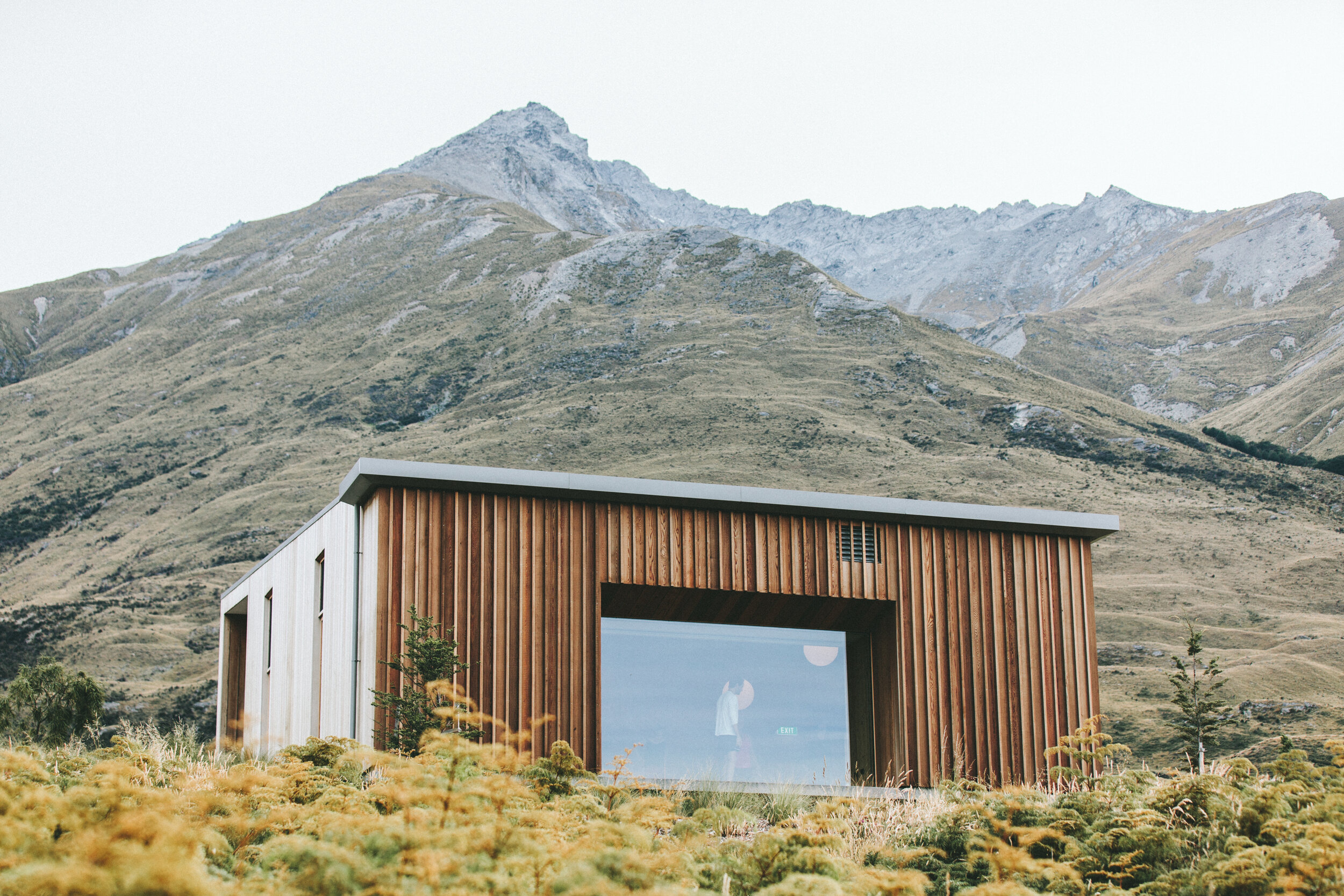Invasive Trees
The University of Florida along with governing bodies have determined certain plants to be harmful to our the ecology. As of June 2025, there are 175 different species on the Florida list. I’ve listed the most prevalent category one invasive trees seen in the Sarasota area. These are trees that grow very aggressively, displacing native species, taking over lands and animal habitat.
-

Brazilian Pepper (Schinus terebinthifolius)
What should we know about the services you provide? Better descriptions result in more sales.
-

Melaleuca Tree (Melaleuca quinquenervia)
Also called paper trees due to their “papery” bark. Maleleucas and pythons have taken over the everglades.
-

Australian Pine (Casuarina equisetifolia)
A-pine for short, yet not even a true pine. Leaves chemicals to inbit undergrowth of other plants. Easily uprooted.
-

New List Item
Description goes here -
New List Item
Description goes here -
New List Item
Description goes here -
New List Item
Description goes here -
New List Item
Description goes here
Brazilian Pepper (Schinus terebinthifolius)
-
One of the few native palm trees.They are everywhere. Cabbage Palm is the Florida state tree. Builder’s love install them because they’re cheap and hardy.
-
Seed pods can be messy.
Sylvester Palm (Phoenix sylvestris)
-
Sylvester palms, also called date palms are often seen lining entries to high-end neighborhoods. They are monoecious, meaning there are both male and female trees. When selecting from a nursery most people choose male specimens to avoid the messy fruit drop the females provide.
-
They are expensive to purchase. Susceptible to Texas Phoenix palm decline.
Adonidia (Adonidia merrillii)
-
Adonidias are also called Christmas Palms. The produce attractive, bright red seed pods just in time for Christmas. They are generally a smaller palm available in multi-stem configurations.
-
Adonidias are cold sensitive. We had a freeze in 2010 that killed a lot of them.
Reclinata (Phoenix reclinata)
-
Phoenix reclinata is an attractive clumping palm often seen as a focal point at entrance ways.
-
Thorny sprouts grow prolifically. They can hurt you. Susceptible to Ganoderma zonatum fungus.
Fishtail (Caryota spp.)
-
So named after the “fish-tail” looking leaves. Fishtail palms are another clumping palm constantly growing new shoots. They prefer a little bit of shade. Full sun can make them appear chlorotic.
-
Fast growing, so requires substantial pruning to keep under control. Great care should be taken when pruning seed pods as they burn the skin badly.
Queen Palm (Syagrus romanzoffiana)
-
Another super affordable full sized palm tree. Very popular.
-
Queen Palms would be considered a probelm tree due to it’s high maintenance, high fertilization requirements, and susceptibility to Ganoderma. Queen’s have prolific fruit production. They are “cheap to put in, expensive to maintain.” They need supplemental fertilizer. They often show Manganese or Boron deficiency. Prone to Ganoderma butt rot.
Canary Island Date (Phoenix canariensis)
-
The crown base is often pruned to look like a pineapple so Canary island Date’s are often referred to as pineapple palms. The fern growing out from the trunk does not hurt the tree.
-
Magnesium deficiency can be detected by an “A” shaped pattern in old fronds. . Palmetto Weevil can attack and kill a stressed Canary Island Date Palm. Also susceptible to Fusarium wilt fungus.
Foxtail (Wodyetia bifurcata)
-
Foxtail palms are so named due to the long, curving, pillowy fronds that resemble a Fox’s tail. What’s great about them is that they are low maintenance. When the lower fronds die, they just drop off by themselves.
-
Not much here. Just feed them.
Bird of Paradise (Strelitzia nicolai)
-
Bird of Paradise nicolai is also called the big bird of paradise and showcases large white bird looking flowers, not to be mistaken for its smaller orange flowered relative the bird of paradise Strelitzia reginae.
-
Dead flowers can look unsightly if not pruned regularly.
Paurotis (Acoelorrhaphe wrightii)
-
Paurotis is an attractive clumping palm native to the Everglades.
-
They are protected now due to overharvesting from the Everglades. Many have died in our area from Ganoderma butt rot.
Washingtonian (Washingtonia robusta)
-
Washingtonians, also called Mexican Fan Palms are fast growing. They get real tall quickly. Best suited near buildings, tall homes, or along streets.
-
They can get too tall.
Areca Palm (Dypsis lutescens)
-
Areca palms are a clustering palm that are constantly growing new stems. They are often planted in line with a 4 foot spacing to make a privacy barrier.
-
Areca palms are highly susceptible to the deadly fungus Ganoderma zonatum. If Ganoderma konks are present at the base of the tree, it is a death sentence. There is no cure.
Chinese Fan (Livistona chinensis)
-
Chinese fan palms are often mistaken for Cabbage palms. Chinese fan palms have a distinctive downward turn at the frond ends. They also have thorns along the petioles. When planted in line, they make for a great screening with their full, wide palmate leaves.
-
Potassium deficiency
Royal (Roystonea regia)
-
These palm giants are best suited around buildings and large structures. Fast growing producing a new leaf monthly.
-
Royal palm bug only infests royal palms. They do not kill it but can distort leaves, leaving an unsightly aftermath.
Pindo (Butia odorata)
-
Cool silver fronds. Unlike the similar colored Bismarck palm, this one is slow growing.
-
Pygmy Date (Phoenix roebelenii)
-
Very popular small palm tree. They come in single, double, triple, even quadruples.
-
Thorny petioles. They crave supplemental fertilizer. Often show Potassium and Manganese deficiency.
Bismarck Palm (Bismarckia nobilis)
-
Bismarck palms have a fast growth rate. Plant a little 7 gallon baby from Home Depot and it will quickly turn into a big sprawling palm tree with giant bluish fronds.
-
They can tend to outgrow the area, dwarfing the surroundings. Bismarck palms also are susceptible to palm bud weevil. The terminal bud is one of their favorite meals. Early detection is crititcal. An infestation will quickly lead to death.
Coconut (Cocos nucifera)
-
Nothing says tropics like a sprawling coconut palm tree. What’s nice is they can be installed to provide instant shade to an area.
-
Coconut drop can be dangerous and damaging. With the heavy coconuts, Coconut palm tree trimming can be time consuming so they cost more to prune then most palm trees. They are cold sensitive and can die with a short freeze. Best suited near the Gulf where the waters buffer temperature extremes.
Traveler Palm (Ravenala madagascariensis)
-
The saying goes, they are named traveler’s palm due to how they collect water in the leaf base, offering relief to thirsty voyagers. They make a good screening.
-
They grow quite fast and need judicious pruning to keep them under control.
European Fan (Chamaerops humilis)
-
European fan palm is a hardy, dwarf palm and is cold-hardy.
-
